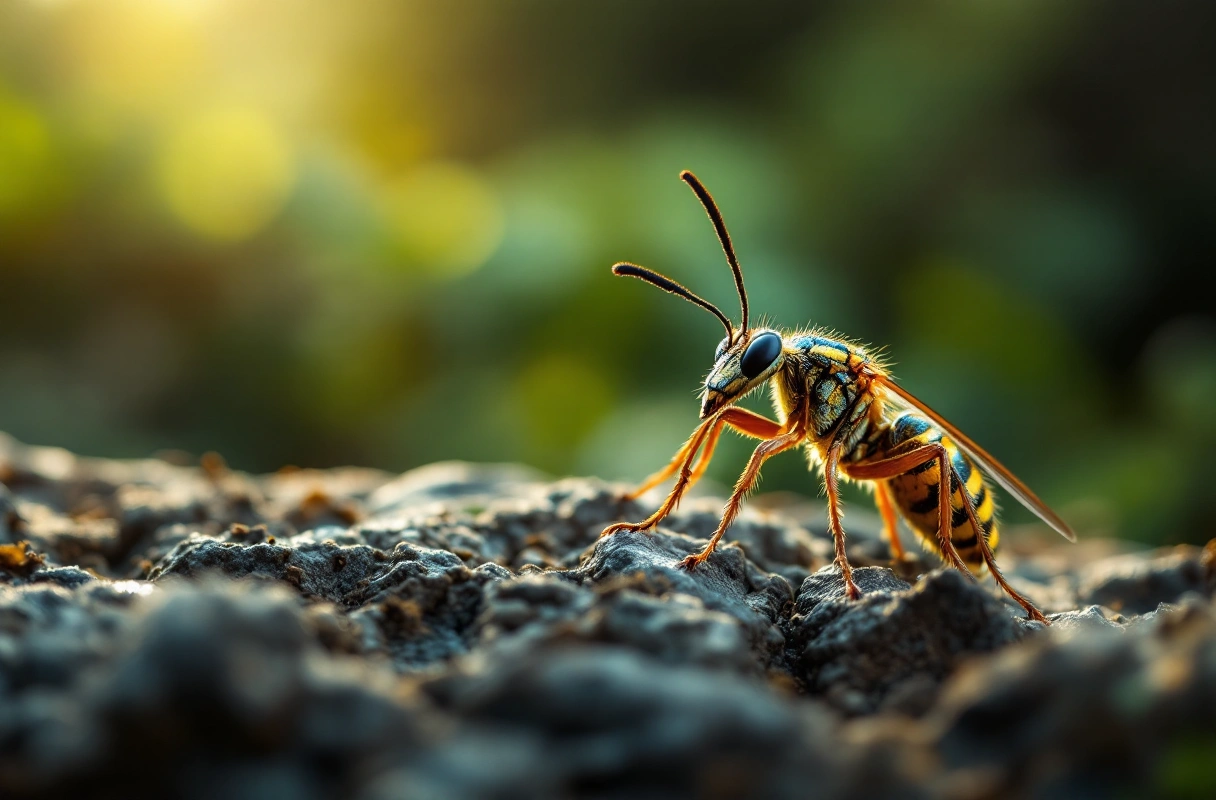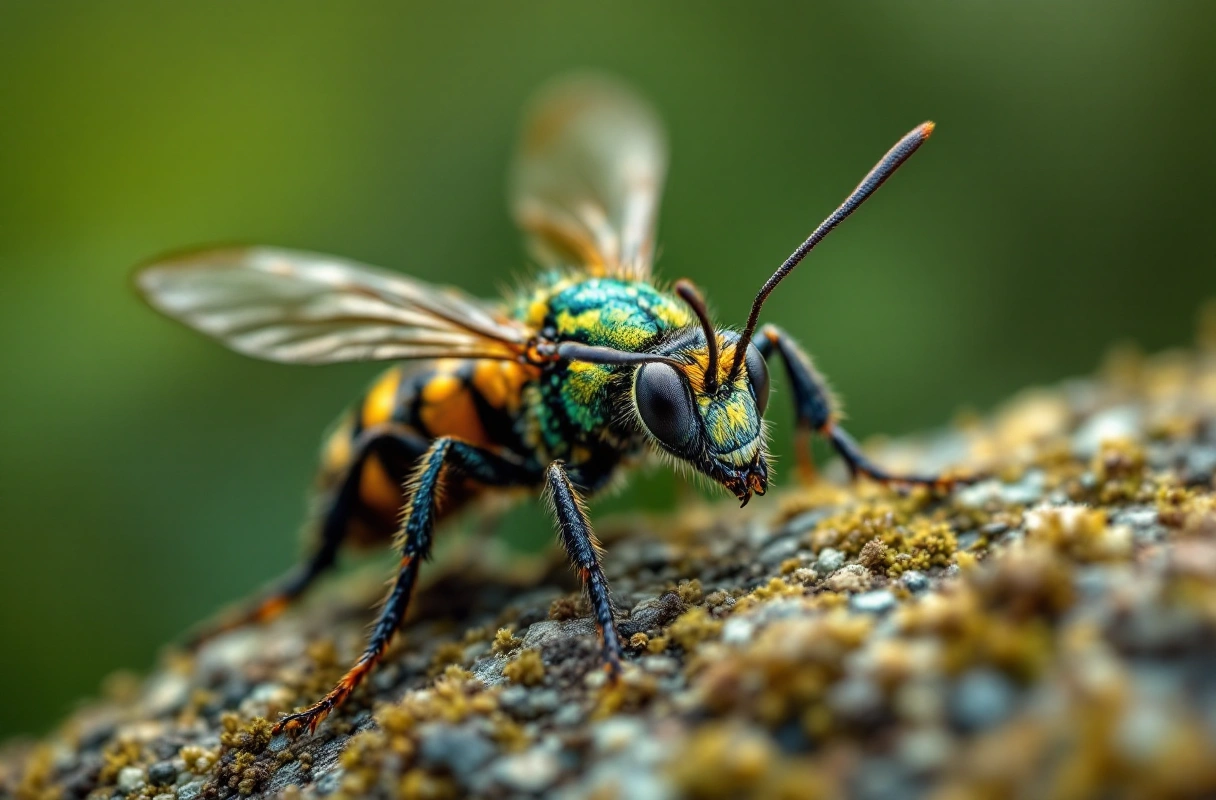
Understanding insects and their diverse species can be both fascinating and educational. With over a million known species, insects are the most diverse group of animals on the planet. This comprehensive guide aims to equip beginners with the foundational knowledge necessary for insect species identification, enhancing your outdoor experiences and appreciation for nature. Whether you're a student, a nature enthusiast, or a curious child, this guide will help you navigate the world of insects and gain insights into their ecological importance.

Identifying insect species is crucial for several reasons. First, insects play a significant role in ecosystems, contributing to pollination, decomposition, and serving as food for other wildlife. Understanding their critical environmental roles can enhance our appreciation for biodiversity and its significance in maintaining healthy ecosystems.
Second, insect species identification can aid in scientific research and conservation efforts. Many species are indicators of environmental health, so recognizing changes in their populations can signal shifts in ecosystem conditions. Additionally, some insects can be pests, while others may be beneficial, making identification essential for agriculture and horticulture.

To effectively identify insects, beginners should equip themselves with the right tools and techniques. A combination of observational skills and resources can significantly enhance your identification process.

The insect world is filled with remarkable species, each with unique adaptations and behaviors. Here’s a look at ten of the most fascinating insects you might encounter in nature.
The Monarch Butterfly is renowned for its incredible migration journey, traveling thousands of miles from North America to central Mexico. Their striking orange and black wings make them easily recognizable.
Famous for its defensive mechanism, the Bombardier Beetle can eject a hot, noxious chemical spray to deter predators. This remarkable adaptation showcases the incredible diversity of insect defense strategies.
Leafcutter ants are fascinating social insects known for their unique behavior of cutting and transporting leaves back to their nests to cultivate fungus, which serves as their primary food source.
As one of the largest insects on Earth, the Goliath Beetle can weigh up to 3.5 ounces and measure up to 4.5 inches in length. Its impressive size and striking coloration make it a subject of fascination.
The Praying Mantis is known for its distinctive posture and predatory behavior. They are fascinating to observe as they hunt and capture prey with their specialized front legs.
Fireflies, or lightning bugs, are famous for their bioluminescence. Their glowing abdomens are used in mating displays, making them a captivating sight on warm summer evenings.
The Atlas Moth is one of the largest moths in the world, with a wingspan that can reach up to 12 inches. Its impressive size and unique patterns make it a striking example of moth diversity.
Walking sticks are masters of camouflage, blending seamlessly into their surroundings. This adaptation helps them evade predators, making them an interesting species to observe in the wild.
Green lacewings are beneficial insects known for their voracious appetite for aphids and other pests. Their delicate green wings and golden eyes make them a beautiful addition to gardens.
Cicadas are known for their loud mating calls and distinctive life cycles. Some species can spend several years underground before emerging in large numbers, creating a remarkable natural phenomenon.
Even experienced entomologists can make mistakes when identifying insects. Here are some common pitfalls to avoid:
Many insect species share similar characteristics, leading to confusion. For instance, distinguishing between harmless hoverflies and aggressive wasps can be challenging. Always refer to multiple sources for confirmation.
Insects often undergo significant changes throughout their life cycles, such as larvae, pupae, and adult forms. Identifying an insect in a different life stage can lead to misidentification.
Failing to consider the habitat can result in incorrect identifications. Some insects are specific to certain environments, so understanding their ecological context is crucial.
Now that you have a foundational understanding of insects and their identification, consider getting involved in citizen science projects or local entomology clubs. These platforms allow you to share your findings, learn from others, and contribute to scientific knowledge.
As you embark on your journey of insect species identification, remember that learning is an ongoing process. The Banana Slug Club is dedicated to fostering a love for nature, science, and the environment. We provide resources and opportunities for nature enthusiasts, students, and curious minds to deepen their understanding of the natural world.
Through workshops, educational materials, and community events, we help individuals of all ages connect with nature and develop skills in species identification, including insects. By joining our community, you can explore the fascinating world of insects, gain practical skills, and engage in meaningful discussions about biodiversity and conservation.
For more information about our programs and resources, visit our website or contact us directly. We are excited to support your journey into the captivating realm of insects and nature. Embrace the adventure of discovery, and let your passion for the natural world flourish with Banana Slug Club.
Get free resources, early access to new features and updates.
No spam. Just fun educational emails!